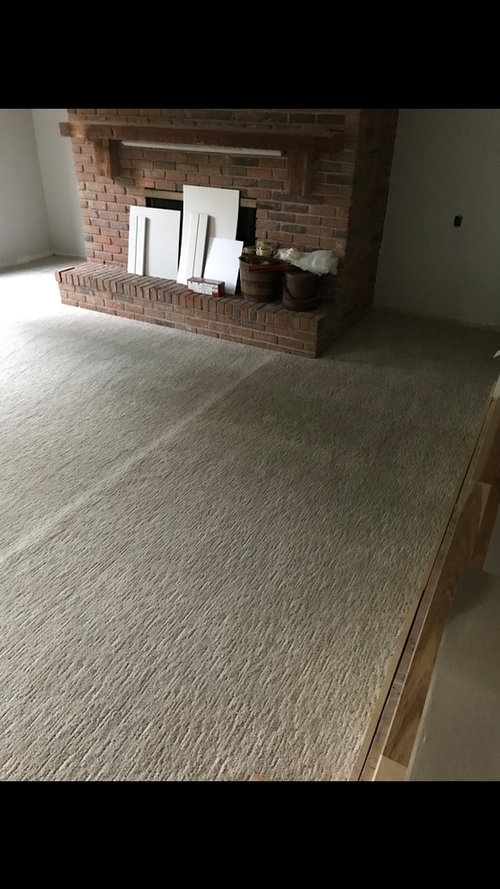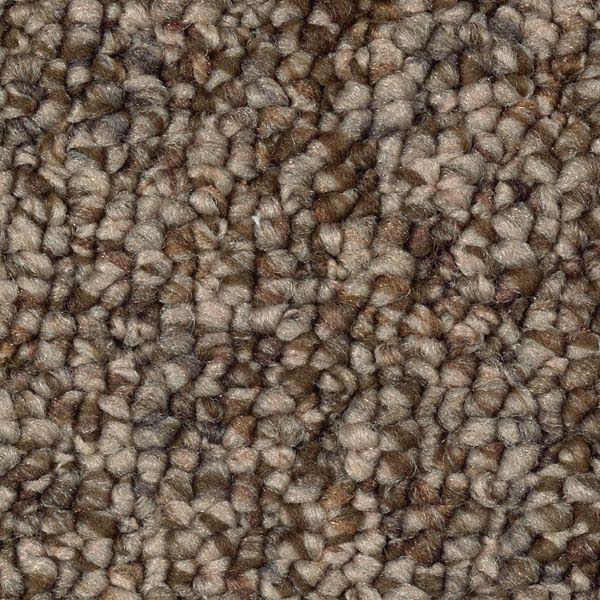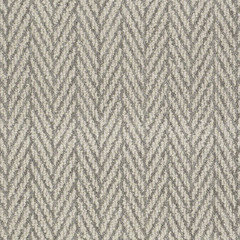Seaming Wool Berber Carpet

Steam cleaning any carpet is one of the best ways of cleaning it quickly and effectively.
Seaming wool berber carpet. Wool berber carpet is the most expensive with prices ranging from 5 00 to well over 8 00 per square foot for high quality products. Next glue the carpet to that area of the pad. Next cut out the pad approximately 1 ft. If an installer has addressed these concerns then that is the best seam that can be made.
When constructing this style of carpeting the yarn is tufted or sewn into the backing. The term berber is often associated with loop pile carpets. Berber carpets should be cut lengthwise along the bias. Berber carpet should be cut lengthwise along the bias never cut with a cross seam as it will be more noticeable.
Berber carpet is known for its thick heavy yarn constructed into alternating size tufts. For tufted wools the iron should always be run on a temperature setting of 2 2 and make a slow seam. New radio wave technology seaming tools can also be used on wool carpet. Wool and nylon berber is highly recommended for many reasons over the olefin pet recycled pop bottles and other kinds of berber carpeting.
The best seam sealer to use on tufted wool is a rubber based latex. The same goes for seams which overlap. Nylon is considerably cheaper but varies wildly at 3 00 to 4 00 per square foot while olefin berber tends to be the cheapest but is also the most difficult to clean. On each side of the seam pull the pad up and then glue it back down.
Berber carpets look fantastic but they really can take some looking after to remain in their best possible condition. Remove excess paper from the tape use a light weight sand paper and rough up the tape. After seaming make sure to seal the seam. Cross seams on berbers should be avoided if reasonable.
Choosing quality fiber for your carpet can help you avoid having many of the problems associated with berber carpet. Cleaning your berber carpet will be much easier if you have a steam cleaner. Unacceptable seams we would term an unacceptable seam those that are not flush with each other or cause a gap between the pieces of carpet.


















